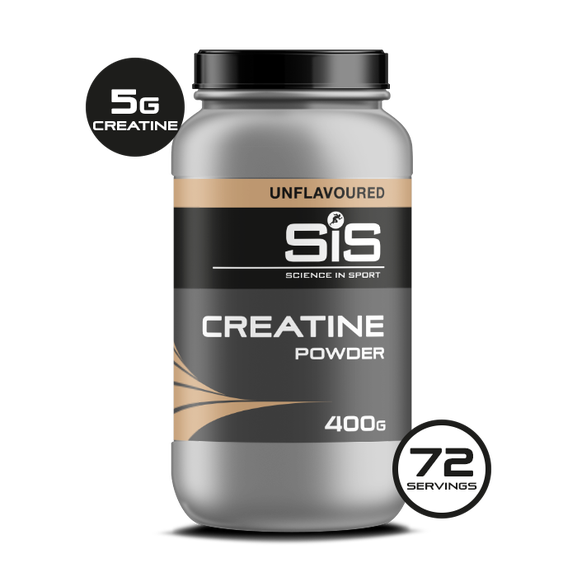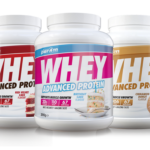The Complete Guide to Creatine: Benefits, Uses, and Side Effects
It is a naturally occurring compound found primarily in your muscles and brain. It’s made up of three amino acids: arginine, glycine, and methionine. While your body produces it naturally, it’s also present in foods like red meat and fish. However, the amount of it found in food is typically lower than what many athletes or gym-goers might consume through supplementation.
The primary role of it is to help supply energy to cells, particularly muscle cells, during high-intensity, short-duration activities like sprinting or heavy lifting. It helps regenerate adenosine triphosphate (ATP), the body’s primary energy currency, allowing for better performance during short bursts of intense exercise.
Click Here To Get The Best Deal On Creatine
What Is Creatine?
It is a naturally occurring compound found primarily in muscle cells. It plays a crucial role in the production of adenosine triphosphate (ATP), which is the body’s primary source of energy, especially during high-intensity exercise and short bursts of activity like sprinting or lifting weights.

While it is naturally present in some foods—like red meat and fish—it can also be synthesized in the body from the amino acids arginine, glycine, and methionine. However, the amount of it obtained from diet alone is relatively low, which is why many athletes turn to it’s supplements to boost their performance.
How Does Creatine Work?
It works by increasing the levels of phosphocreatine in the muscles. Phosphocreatine is a stored form of energy in muscle cells that helps produce more ATP. When you engage in short, explosive activities such as lifting weights or sprinting, your muscles rapidly use up ATP. By replenishing ATP more quickly, it allows for better performance in high-intensity, short-duration exercises.

Here’s a breakdown of creatine’s key mechanisms:
- ATP Regeneration: By increasing phosphocreatine levels, it helps regenerate ATP faster, allowing you to sustain intense efforts longer.
- Increased Workload: It enables you to lift heavier weights or complete more repetitions during your workouts, leading to greater muscle adaptations over time.
- Enhanced Muscle Recovery: Some studies suggest that it can help reduce muscle cell damage and inflammation after intense exercise, improving recovery.
- Cell Hydration: It pulls water into muscle cells, increasing cell volume and promoting an environment that favors muscle growth.
- Boosts Protein Synthesis: By increasing ATP levels, it can indirectly enhance protein synthesis, which contributes to muscle repair and growth.



